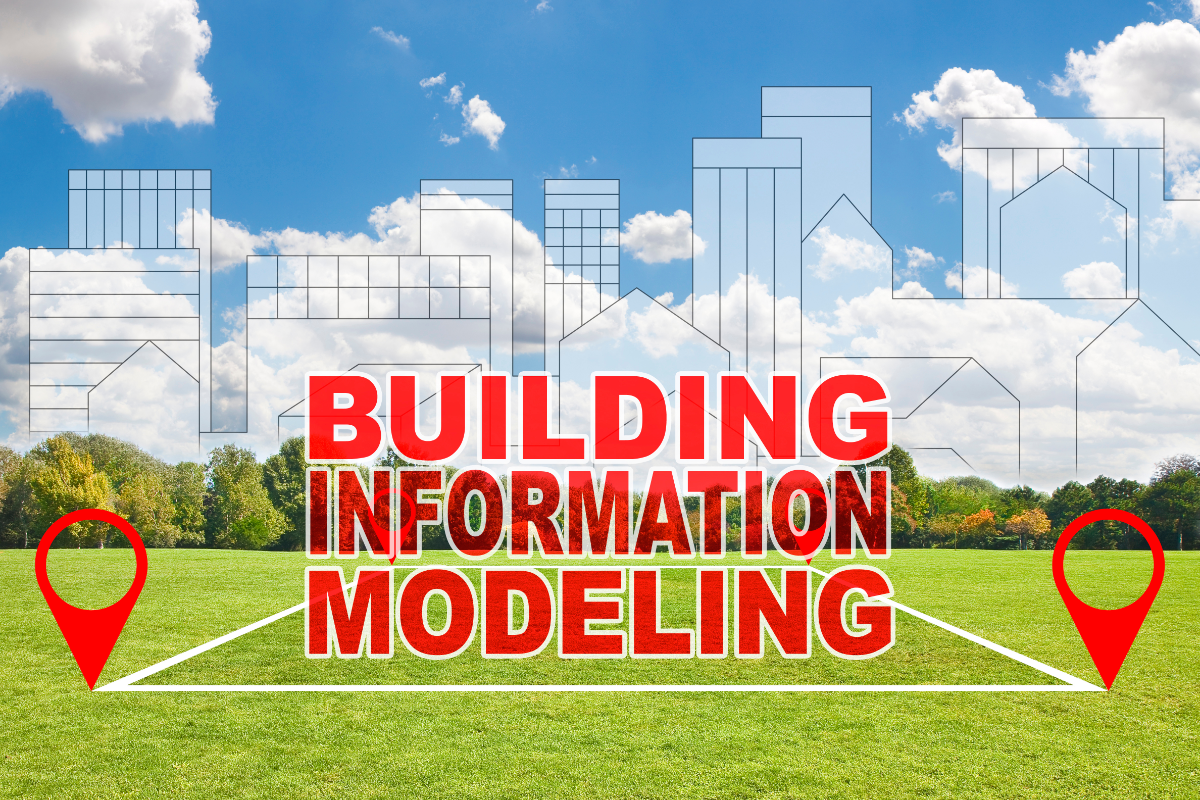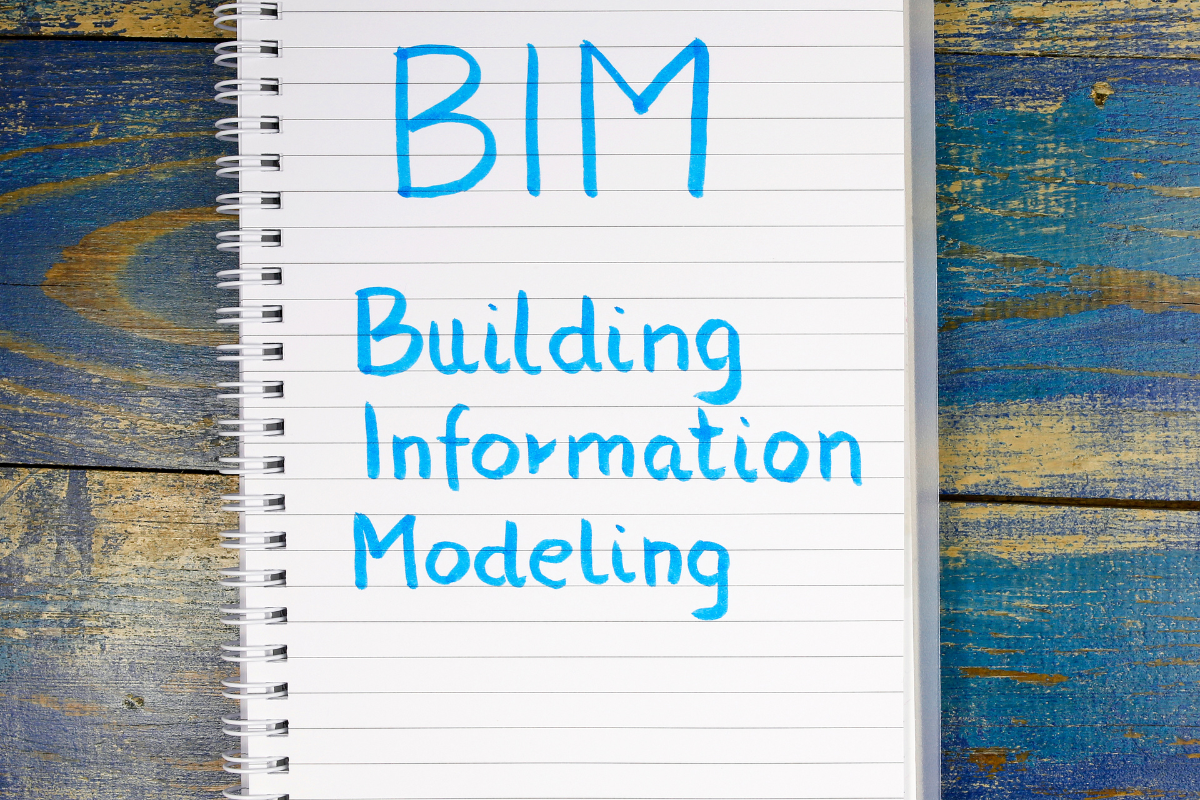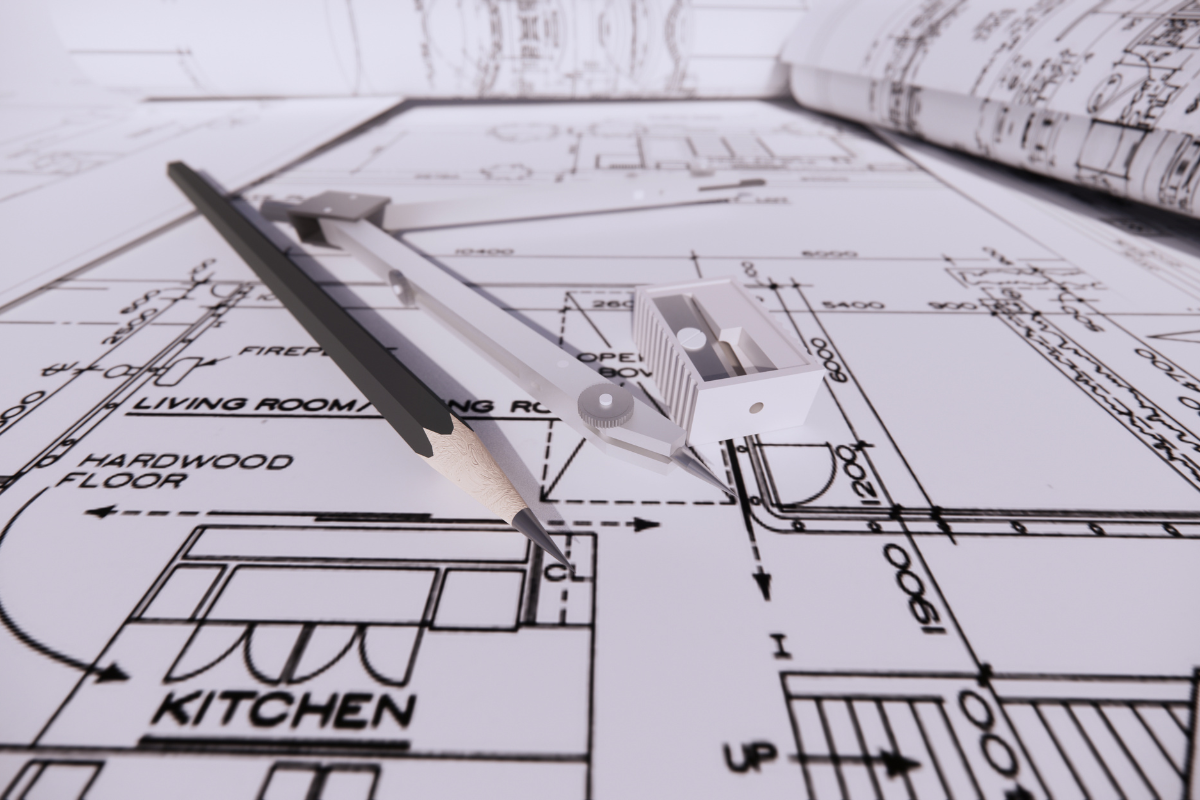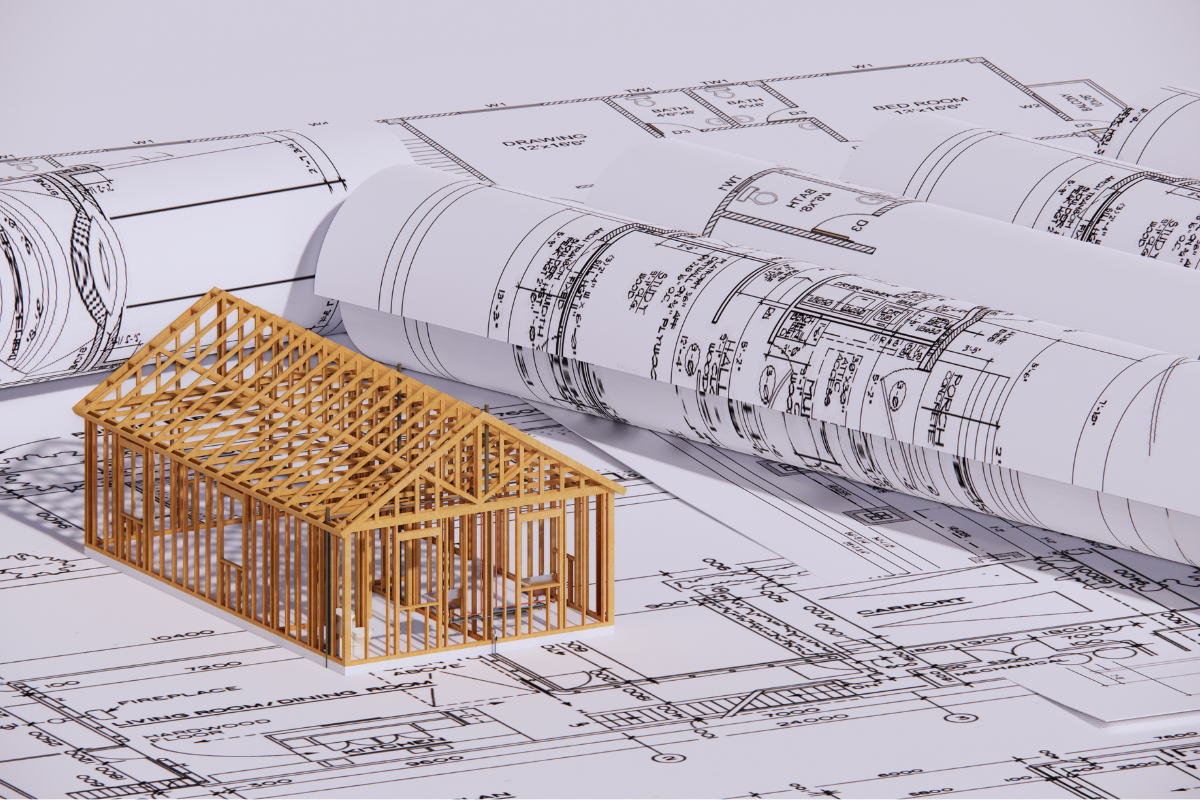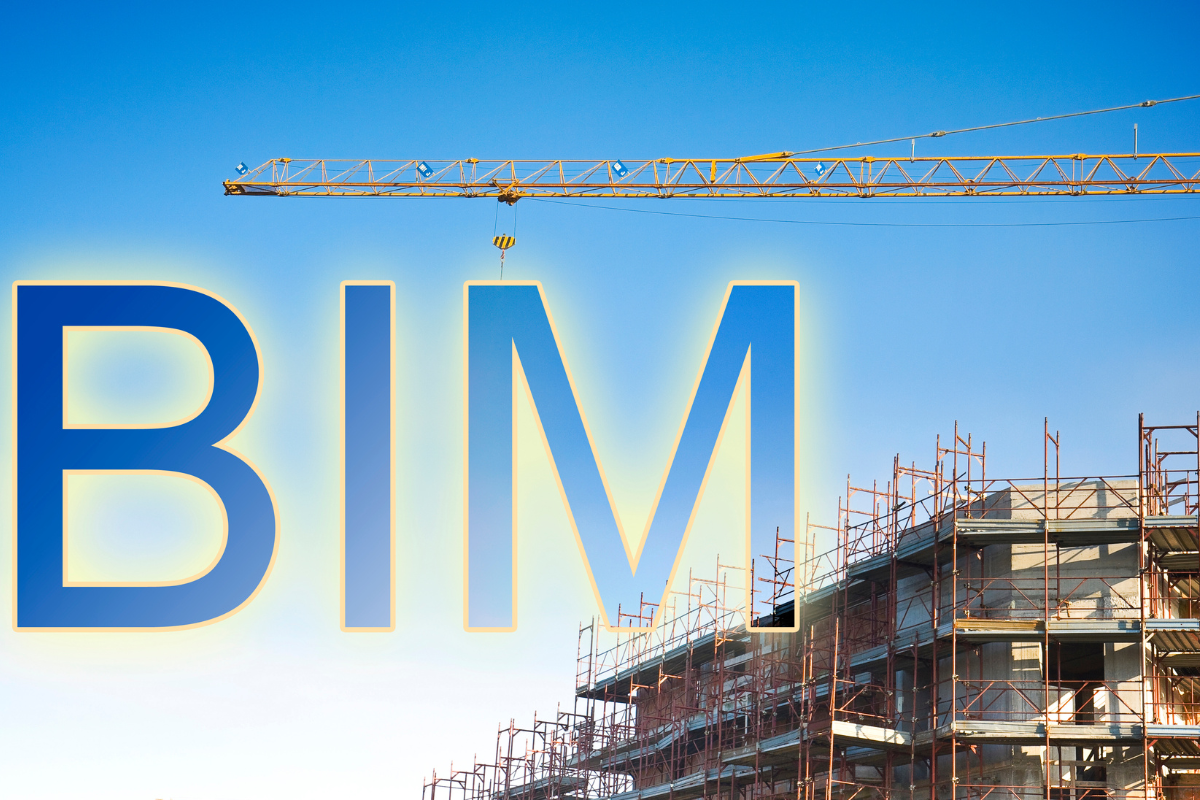How to Make Construction Planning Based on BIM
In the rapidly evolving world of construction and architecture, efficiency and collaboration are more critical than ever. Building Information Modeling (BIM) has emerged as a game-changing technology that transforms how projects are planned, designed, and executed. At its core, BIM is a digital representation of the physical and functional characteristics of a building. It serves … Read more

